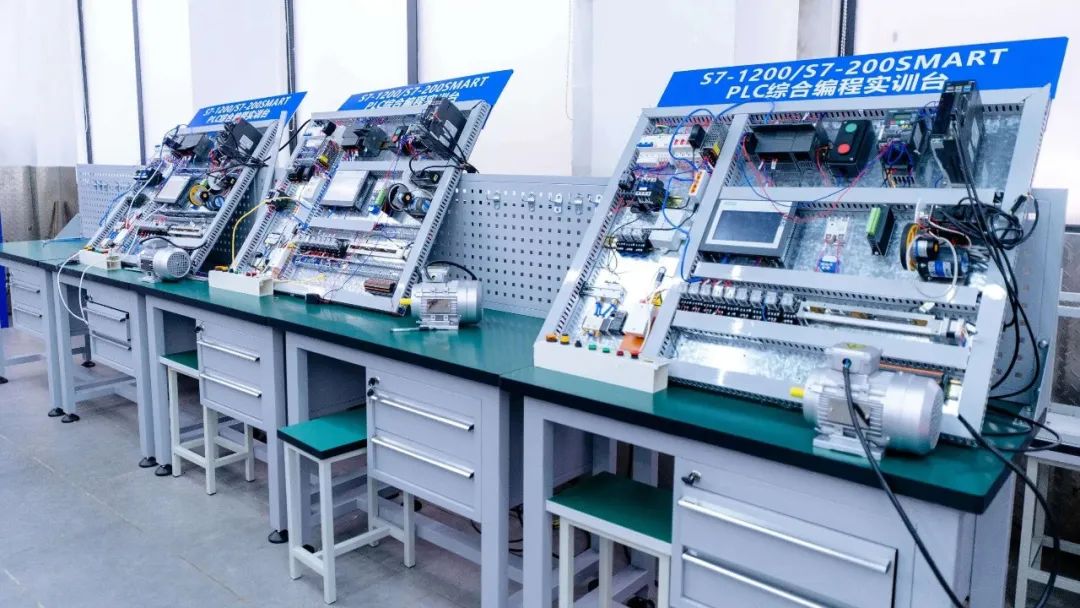
Encryption Algorithms: Data Security Assurance for Microcontrollers and PLCs
In industrial automation systems, data security is a critical issue that cannot be ignored. Whether it is a microcontroller or a programmable logic controller (PLC), they often need to handle and transmit important data such as production parameters, quality records, and machine status. If this data is stolen or tampered with, it could lead to significant losses for the company. Therefore, employing encryption algorithms to protect data security is particularly important.
What is an encryption algorithm?
Encryption algorithms transform plaintext data into ciphertext according to specific algorithmic rules. A good encryption algorithm ensures that only those with the corresponding key can decrypt and obtain the original data. Common encryption algorithms include DES, AES, and RSA, each varying in encryption strength and computational efficiency.
Encryption Applications in Microcontrollers
Due to the limited resources of microcontrollers, a common approach is to use symmetric encryption algorithms such as AES and DES. They use the same key for both encryption and decryption, providing higher computational efficiency. However, key management and transmission are issues that need careful attention.
Taking AES encryption as an example, let’s illustrate how it is implemented in microcontrollers. AES is a high-strength block encryption algorithm that can effectively prevent ciphertext from being cracked.
-
First, implement the core function of the AES encryption algorithm in the microcontroller program, usually available as open-source C language code. -
Define a reasonable 128-bit or 256-bit key, stored in the microcontroller’s memory or EEPROM. -
Call the AES encryption function with the plaintext data and the key to obtain the ciphertext. -
Send the ciphertext through serial, I2C, or other methods.
After the receiving party obtains the ciphertext, they can use the same key to call the AES decryption function to retrieve the original plaintext data.
Encryption Applications in PLCs
The implementation of encryption in PLCs is different; it requires dedicated encryption modules to perform operations. Many brands of PLCs offer encryption communication modules, allowing users to implement encryption functionality with just a few lines of ladder logic or instructions.
For example, the Siemens S7-300 PLC has a CP 343-1 encryption communication module that supports various encryption algorithms. To enable encryption, simply set the following three parameters in the communication data block:
-
Encryption Algorithm: Specify the algorithm to be used, such as DES, 3DES, or AES. -
Encryption Mode: Set the encryption mode, such as ECB or CBC. -
Key: Input the encryption key, size varies depending on the algorithm.
Once set up, the PLC can automatically encrypt data, encrypting during transmission and automatically decrypting upon reception. Programming communication will also be automatically encrypted, ensuring data security throughout the entire pathway.
Precautions
Of course, a single encryption algorithm is not foolproof. Some advanced hackers may attempt brute-force attacks or other methods. Therefore, we need to take additional measures to enhance data security:
-
Regularly change keys to reduce the possibility of brute-force cracking. -
Introduce a digital signature mechanism to prevent data tampering. -
Restrict access permissions, allowing only specified devices to send and receive ciphertext data. -
Ensure the confidentiality of the keys to prevent key leakage.
Additionally, some advanced encryption algorithms like RSA can also be used in microcontrollers and PLCs, providing higher security but requiring more computational resources.
In summary, the proper application of encryption technology in industrial automation systems can effectively prevent data leakage and tampering, ensuring system security. We must choose appropriate encryption algorithms and strategies based on actual needs.
Practical Exercise: Try implementing a simple AES encryption program on Arduino, encrypting a string of data and sending it via serial, then decrypting and displaying it on the serial terminal.